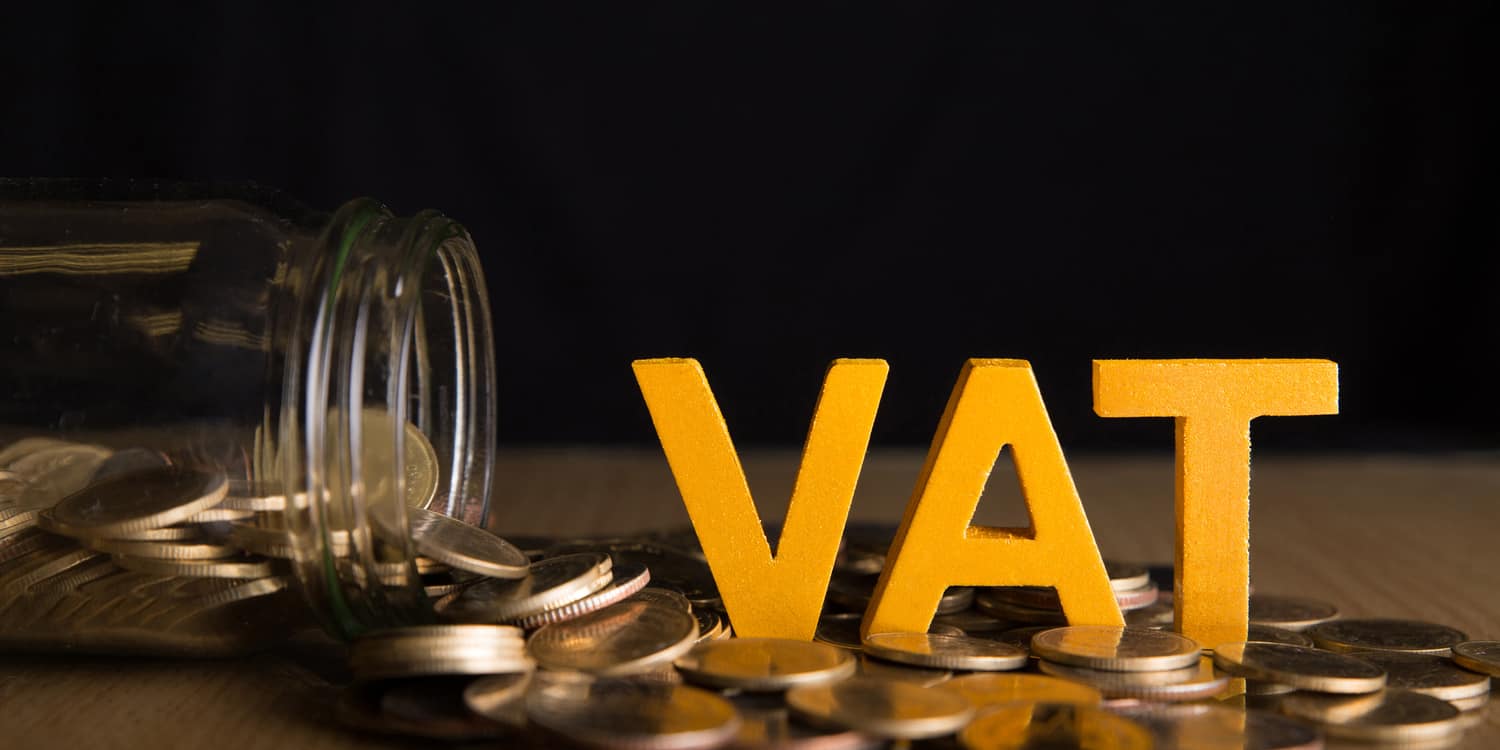When you register for VAT (Value Added Tax), HMRC will issue a VAT registration certificate that features your unique VAT registration number (VRN), or VAT number.
Your certificate will be posted to your registered office address (if you have a limited company or LLP) or business address (if you operate as a sole trader, business partnership).
Other than your VAT registration certificate, you can find your VAT number on VAT letters received from HMRC, in your VAT online account, or by calling HMRC’s VAT general enquiries helpline on 0300 200 3700.
When will I use a VAT registration number?
Your VAT registration number is a unique code that HMRC and other businesses will use to identify your business for all VAT-related purposes. A valid number proves that you’re VAT registered.
Once registered, you will use your VAT number when:
- Creating a VAT online account with HMRC
- Completing quarterly VAT returns for HMRC
- Completing an EC sales list (Northern Ireland businesses only)
- Paying your VAT bill
- Reclaiming any VAT paid on goods and services bought for business use
- Issuing VAT invoices to clients and customers
- Setting up accounts with certain suppliers
- Buying goods from certain VAT-registered suppliers
- Contacting HMRC to discuss your VAT account
- Appointing an accountant or agent to deal with your tax affairs
If your business has a taxable turnover in excess of the VAT registration threshold, you are legally required to register for VAT. Currently, the threshold is £90,000 (2024/25 tax year).
However, even if your taxable turnover is below this amount, you are allowed to register for VAT voluntarily. This proves beneficial for many small businesses.
What does a UK VAT number look like?
For businesses based in England, Scotland or Wales, VAT numbers contain 11 characters – the letters ‘GB’ followed by 9 numbers. For example, GB 123 4567 89.
Businesses in Northern Ireland have VAT numbers beginning with the letters ‘XI’ instead of ‘GB’. For example, XI 123 4567 89.
Other countries have different VAT number formats, featuring an identifying country code followed by a block of numbers or characters.
HMRC provides more information on EU country codes and VAT numbers.
Where do I need to display it?
As soon as you receive your VAT registration number, you have a legal obligation to display it on your business website (if you have one) and on invoices and certain receipts issued to clients or customers.
You will need to provide your VAT number when sending VAT Returns to HMRC, paying or reclaiming VAT, and dealing with certain suppliers.
If you purchase goods or services from VAT registered businesses in the EU, you should also supply your VAT number. By doing so, they will be able to zero-rate (0%) the VAT charge on your order.
Do all businesses have a VAT number?
No, not all businesses have a VAT number. Only businesses that are registered for VAT are issued with a number, including those who are required to register and those who choose to voluntarily register for VAT.
All types of business structures can register for VAT, including public limited companies (PLCs), private companies limited by shares or guarantee, limited liability partnerships (LLPs), limited partnerships, unlimited companies, general (traditional) business partnerships, and sole traders.
We hope you’ve found this blog of interest. If you have any questions, please leave them in the comments section below.







Can a VAT registration be given to the owner of a business (ie as an individual name) when the name of the business is just a name and not registered as a company/ partnership or LLP. If that individual then charges VAT on the supply of 3rd party goods does the individual need to be transparent that the VAT charge is not the same as the trading name of a company?
I hope that makes sense.
Liz
Thank you for your kind comment.
Unfortunately as we are not regulated to provide accountancy advice, we are unable to provide advice on specific scenarios. We would recommend contacting a accountant for further assistance.
Please accept our apologies for any inconvenience caused.
Kind regards,
The 1st Formations Team
“As soon as you receive your VAT registration number, you have a legal obligation to display it on your business website”
Please can you confirm the law referred to above? Many thanks.
Thank you for your comment Jonathan. The legal obligation comes from the e-commerce regulations which state that this number must be easily, directly and permanently accessible. Adding the VAT number to the website meets this legal requirement and is the most common method of compliance.
Kind regards,
The 1st Formations Team
Your blog post about VAT was incredibly insightful and informative. I learned a lot about the different VAT rates and how they apply to various goods and services.
We’re glad you found this article of use, Ashikur.
Kind regards,
The 1st Formations Team
This is so helpful. Thank you!
We’re glad it was helpful!
Regards,
The 1st Formations Team